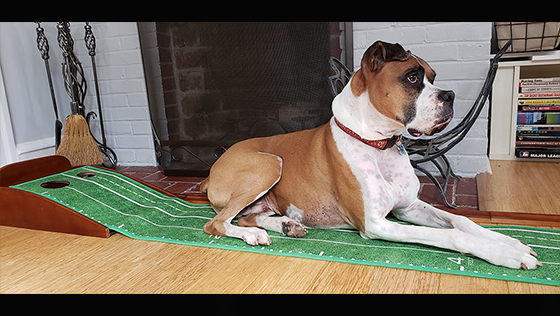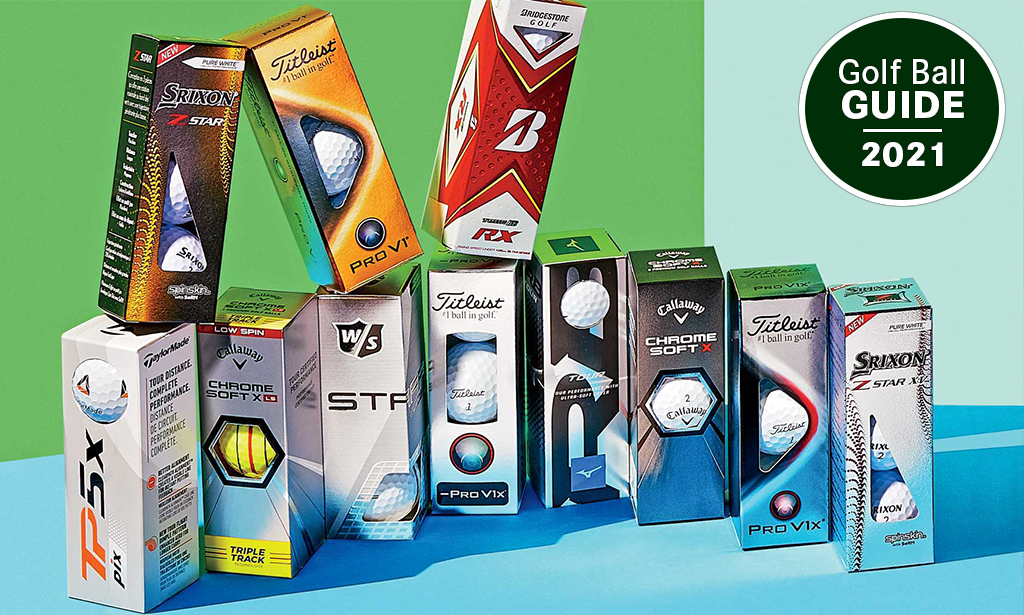Equipment
First Look: Mizuno M.Craft OMOI Putter
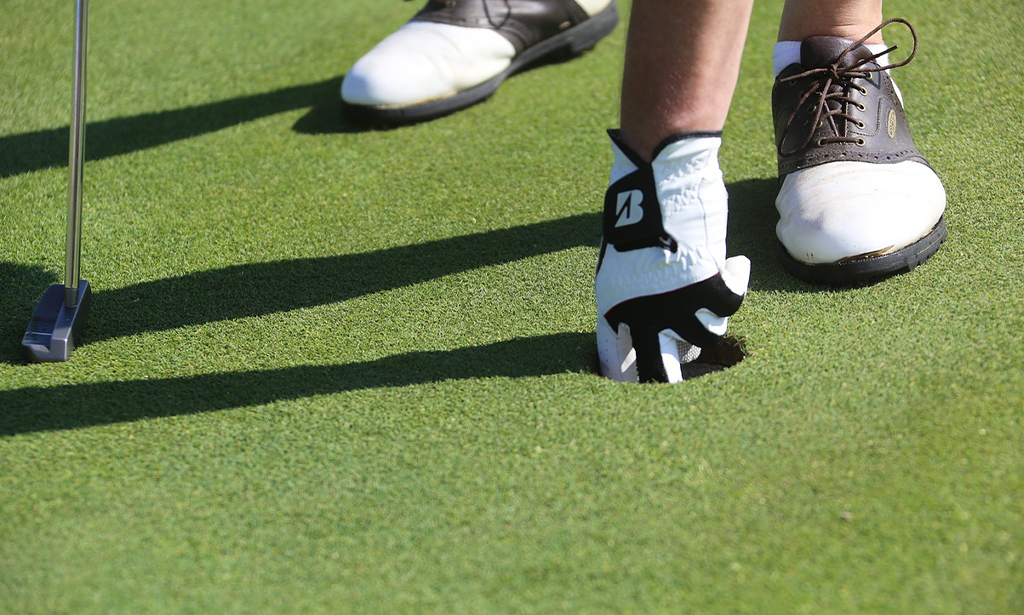
Mizuno expands its line of M.Craft forged/milled putters with the new OMOI lineup of three models. The OMOI line features heavier heads (as much as 28 grams depending on the model) for better stability, feel and sound, but keeps the overall weight of the club similar to standard models with lighter shafts and grips for better control.
PRICE: $350, three models: 01 and 02 blades, 03 mallet.

THE DEEP DIVE: When Mizuno’s David Llewellyn, director of research and development, and Chris Voshall, head of product, were struggling to come up with a name for the new heavier version of the M.Craft lineup of putters, they turned to the company’s Japanese heritage.
“I’m not exactly fluent in Japanese, but I know enough that when we asked What’s ‘heavy’ in Japanese?, I kind of knew it was ‘omoi,’” he said. “When we found out the secondary meaning was ‘passionate thought’ or ‘willpower’ and that kind of imagery, well, we were like, We’re definitely using ‘omoi.’ That’s just too good for a putter, especially when your main theme is what you did with some additional mass.”
Of course, it also helps that the last three letters are m-o-i, as in the golf technology term “moment of inertia.” MOI is a measurement of the stability of an object and its resistance to twisting on an off-center hit. By making the heads on the OMOI line as much as 28 grams heavier than standard, the new putters automatically improved their stability on off-center hits compared to the standard M.Craft models introduced in the prior two years.
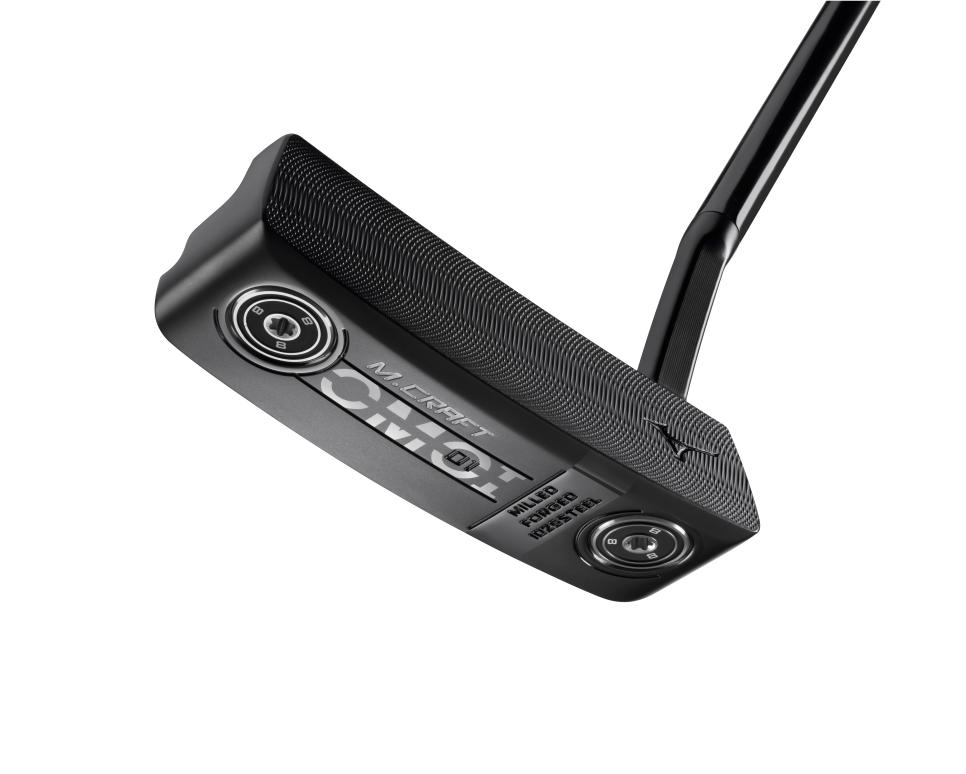
The heavier heads are paired with a lighter shaft and a lighter grip to change the balance point of the entire club. The idea is to further stabilize the entire system so the club is easier to swing.
“Our testing showed that locating more of the overall club weight in the head provided more consistent face rotation through impact,” Llewellyn said.
The extra mass in the head allowed for tweaks to the designs, specifically thickening the sole, that in addition to improving stability produced better sound and feel measurements through the company’s acoustic profiling known as “harmonic impact technology.”
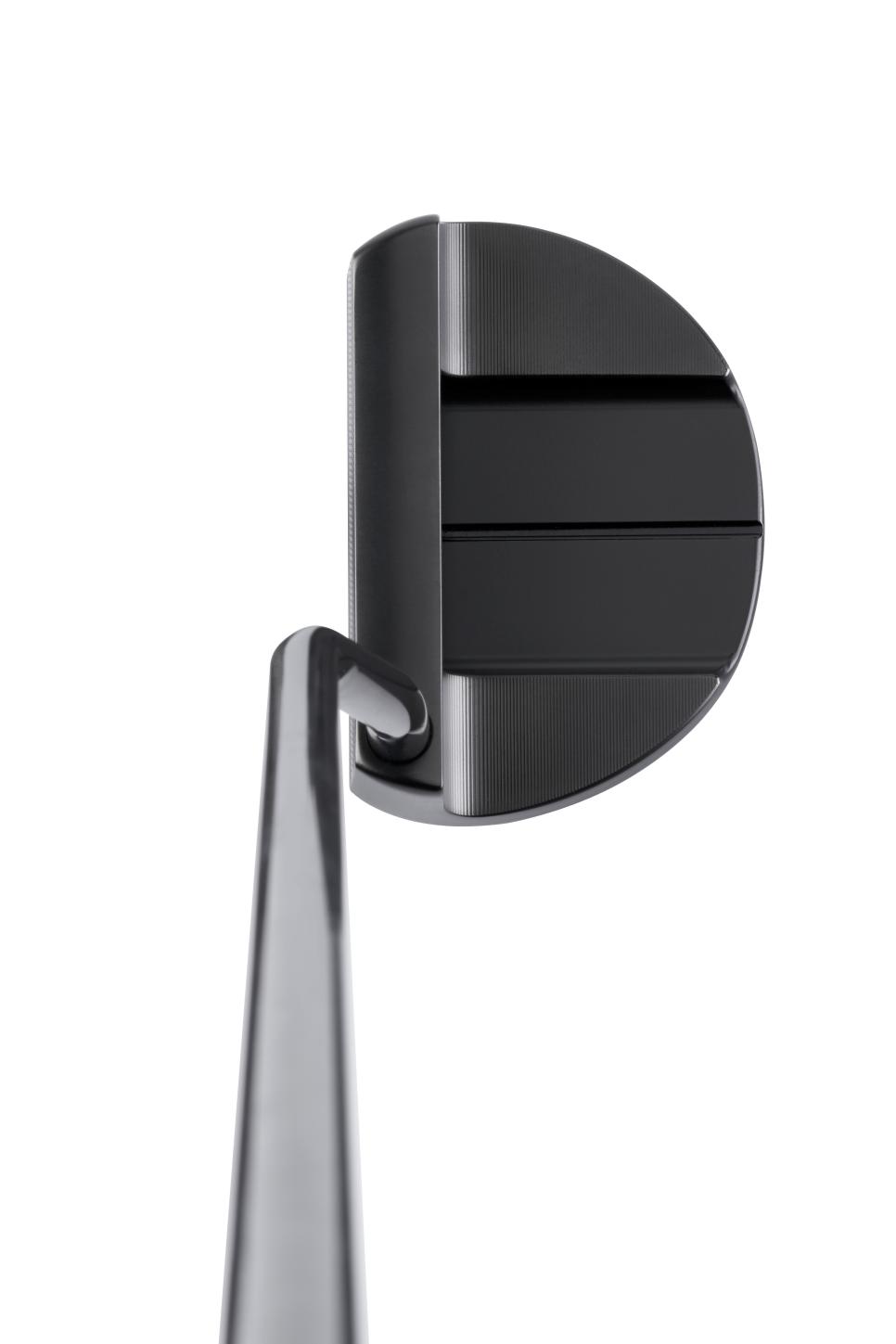
The OMOI lineup includes two blades, the slant-neck 01 and the heel-toe weighted plumber’s neck 02, as well as a rounded mallet design, the 03. The 01 features a three-quarter hosel offset and 60 degrees of toe hang; the 02 features a full-shaft offset and 40 degrees of toe hang; and the 03 uses a double bend shaft and is face-balanced. The 01 and 02 feature 370-gram heads, while the 03 is 383 grams. Each model features 8-gram heel and toe weight screws, and a kit with extra 3-gram and 13-gram weights is included at no additional charge.
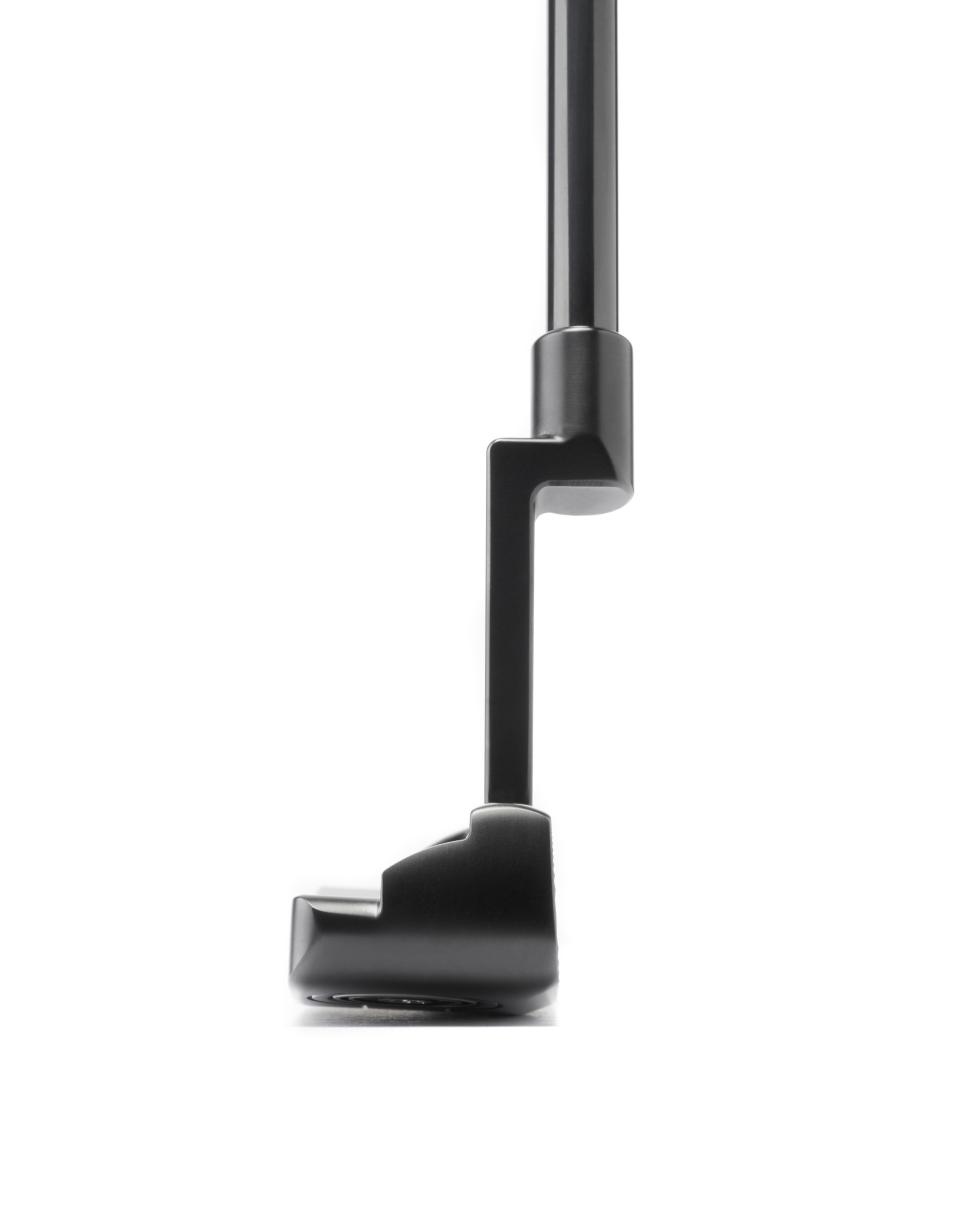
Like the original M.Craft line, the heads are forged from 1025 carbon steel, and they feature deep face milling for furthering that softer feel. They are offered in three finishes: double nickel, blue ION or Black ION.
The OMOI putters will be at retail in March ($350).
This article originally appeared on Golf Digest.
Equipment
Do White and Yellow Golf Balls Perform the Same… Here’s What We Discovered
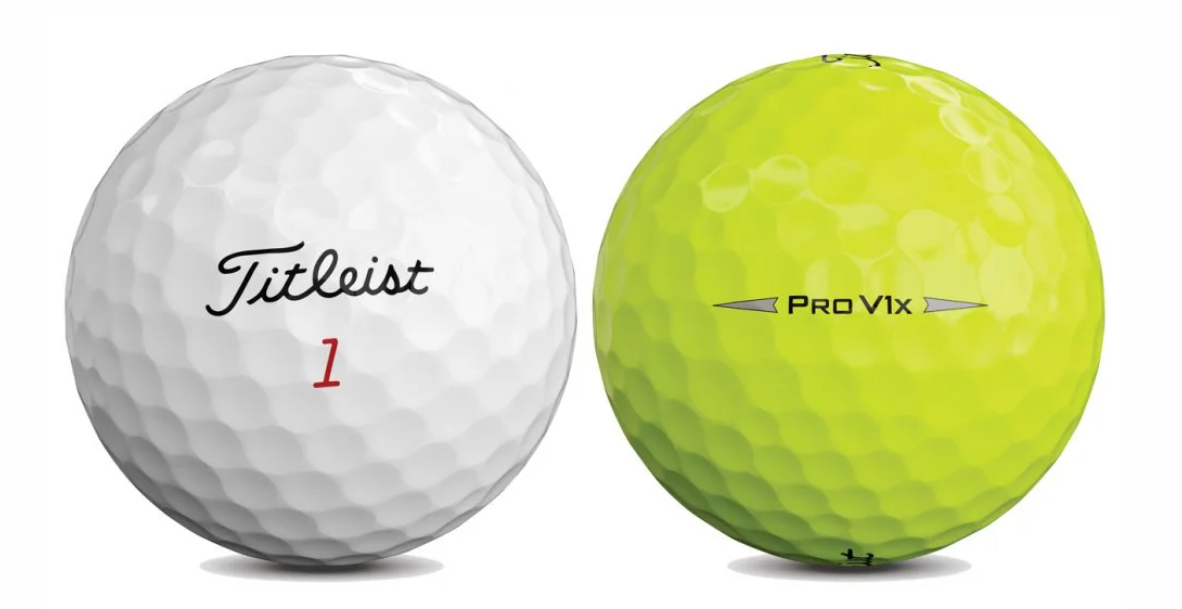
Beyond the color, is there really a performance difference between yellow and white golf balls?
I saw a story on Tommy Fleetwood changing to a ball with a different cover design, and it got me wondering if there’s a performance difference between yellow golf balls and the standard white version.
Welcome to another edition of the Fully Equipped Mailbag, sponsored by Cleveland/Srixon Golf, an interactive series in which our resident dimple head fields your hard-hitting gear questions.
We’ve seen a color explosion in the golf ball market over the last two years. Yellow remains the most popular alternative option, but it’s now common to see golfers playing balls with alignment patterns and two-tone covers, like the one found on Srixon’s Q-Star Tour Divide.
Pros have even warmed to the idea of playing with different colors and patterns as well, which is a significant shift from where we were about a decade ago. It’s safe to say the stigma that was once attached to yellow golf balls—most assumed they were designed for the range or high-handicap golfers—is no longer a thing.
Of course, it’s still natural to pick up, say, a standard Q-Star Tour and a two-tone Q-Star Tour Divide and wonder if they’ll perform the same. The covers look markedly different, but I can assure you that the ball’s performance is identical. The bright pigments you see are infused into the cover to keep things consistent across the board. Altering the ball recipe, even slightly, would be an R&D nightmare.
Having conducted plenty of ball testing on Foresight’s GCQuad with the same model in different color options, I can confirm the numbers check out from tee to green. Spin, launch, ball speed—it’s all the same.
The myriad of color options in the golf ball marketplace are primarily designed to enhance visibility, but a few serve a dual purpose, improving your alignment in the process. Some even come in matte finishes designed to reduce glare, similar to the matte crown look that’s become so popular on many drivers.
So the next time you pick up a yellow golf ball, don’t question whether it’ll check up like the identical version with the white cover resting in your golf bag. It’s not about changing the performance recipe but rather giving golfers different visual and alignment options to improve their play on the course.
PLEASE COMMENT BELOW ON WHAT COLOR BALL YOU USE AND WHY. ALSO, DO YOU FEEL ANY DIFFERENCE IN PLAYABILITY?
Equipment
Introducing the Cobra Golf limited-edition LTDx Black drivers and King wedges
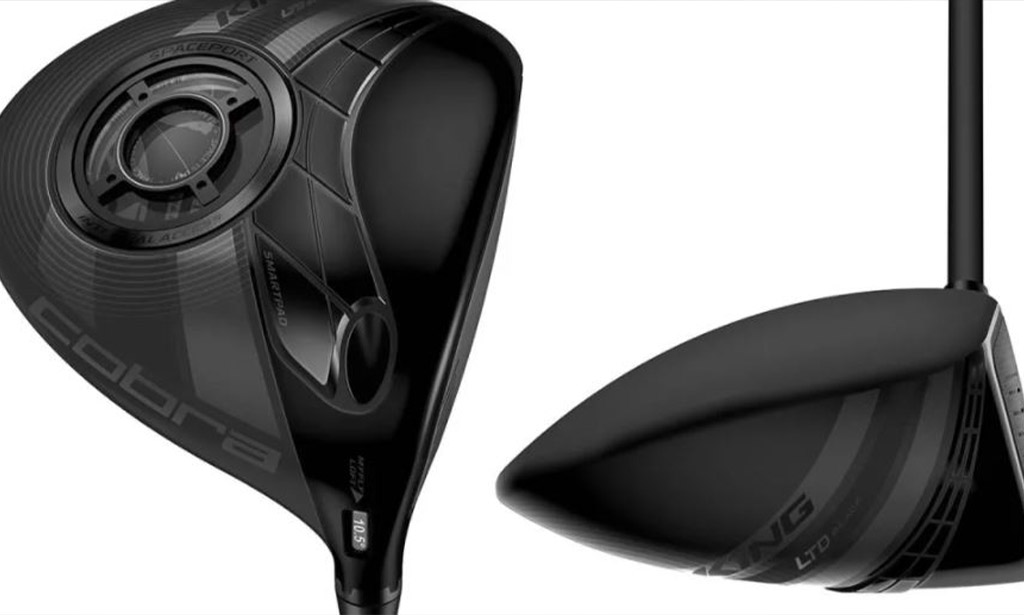
Cobra Golf has always acknowledged that players may prefer a different aesthetic for their clubs than what they normally offer.
In light of this, Cobra has released a limited-edition version of their LTDx drivers in an all-black color scheme. LTDx Black drivers are available in select lofts and flexes in all three LTDx models — LTDx, LTDx LS, and LTDx Max. A blacked-out Lamkin Crossline grip and a UST LIN-Q white shaft are also included with each driver.
Pwrcor technology is used in the LTDx Black drivers to move as much weight low and forward as possible to provide high ball speeds. The new HOT face design features 15 separate zones with optimum thicknesses to increase ball speed throughout the face, and was created using thousands of virtual simulations. The drivers also feature up to 30% more carbon fiber and a titanium chassis than the previous Radspeed model.
With adjustable weights in the heel and toe, the LTDx LS model provides a low-spin profile for talented players with faster swing speeds who want maximum workability. With customizable weight settings to help golfers pick whatever attribute they wish to accentuate, the LTDx Max is more stable while maintaining maximum draw bias. With a center of gravity below the NA line and a MOI of 5,200, the LTDx is a cross between the LS and the Max.
The LTDx driver isn’t the only blacked-out Cobra product; the King Cobra Black wedges feature a satin black QPQ finish. The polish is long-lasting and reduces glare.
Snakebite groove technology on the King Cobra Black Wedges boasts 40 percent sharper groove edges to maximize spin, as well as varied groove types based on loft, including as full-face grooves on 56-, 58-, and 60-degree heads. Versatile, Classic, and Widelow grinds are available to maximize performance in a variety of playing situations.
Beginning March 18, Cobra Golf LTDx Black drivers ($599 each) and King Cobra Black wedges ($149 each) became available for purchase.
Read the original article on The Golf News Net.
Blog
Tiger Got His Incredible Edge From This Game Changer
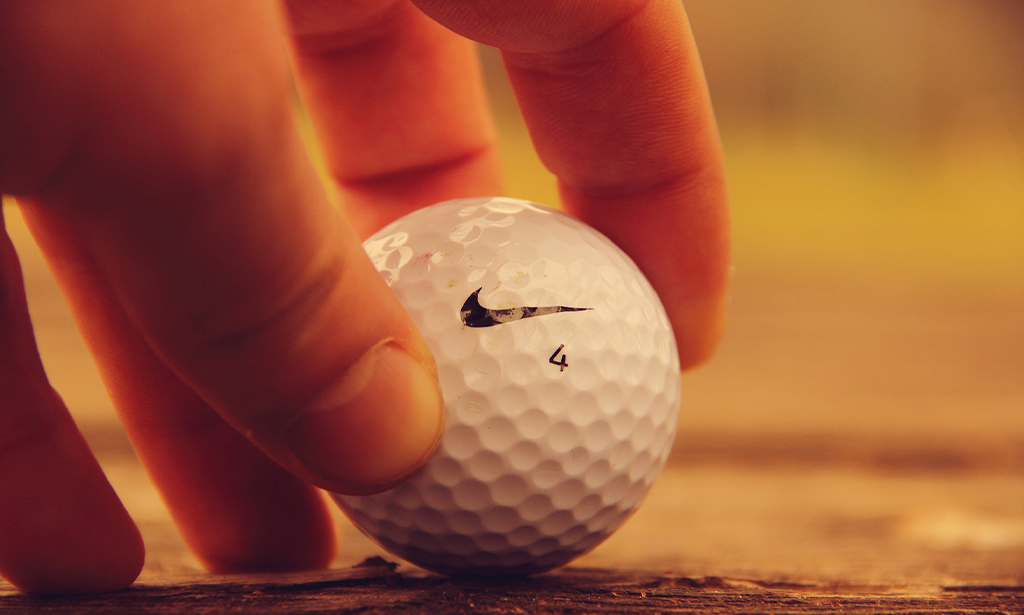
Tiger Woods’ 2000 season will go down as one of the greatest in the history of the sport. Three consecutive major wins. Nine worldwide victories. An astounding 17 top 10 finishes in 20 starts. A scoring average that was nearly three shots better than the Tour average. And the list goes on and on.
Woods was in a class by himself that year.
What’s even more impressive is that Woods completely rewrote the record books with a three-piece, solid construction ball with a molded rubber core injected and urethane cover that was markedly different from what his peers were playing at the time. Up until that point in his career, a liquid-filled core and wound construction was the preference for a majority of pros, Woods included.
Tiger didn’t need an equipment edge to dominate the competition, but his decision to put Nike’s Tour Accuracy in play that spring at the Deutsche Bank-SAP Open in Hamburg proved to be a turning point for not only the 15-time major winner, but the equipment industry as a whole. By the time Woods closed out the Tiger Slam at the 2001 Masters, all but four players in the field used a solid-construction ball.
Steve Williams, Woods’ former caddie, had a front row seat for the equipment change. During the latest episode of the Chasing Majors podcast — a show he co-hosts with golf journalist Evin Priest — Williams detailed the evolution of Woods’ golf ball change and the impact it had on the sport.
“This golf ball didn’t come by accident,” Williams said on Chasing Majors. “When Tiger signed with Nike, [the ball] was one of the projects. It didn’t happen overnight. It was a couple years of engineering that went into developing the ball and getting it exactly right. And it wasn’t going to be put into play until such time that it was exactly how he wanted it.”
Up until that point in his career, Woods appeared to be in total control of his game as Williams assumed the caddie job in 1999, but even the Aussie noticed some massive improvements as his boss started to put the Nike ball through its paces during early testing.
“Tiger had a couple hundred balls in his practice bag — obviously all the balls he wasn’t using at the moment — and he’d go through the same array of shots, but there was an ease for him to do exactly what he wanted to do [with the Tour Accuracy],” Williams said on the podcast. “When he was trying to hit that stinger shot, he’d really have to concentrate on hitting it low and all the mechanics that went with it. But this ball, because it was designed so well, for specifically what he wanted to do, he’d hit the shots he needed with more ease and more confidence. Heading into the 2000 season, this ball was going to be a big factor, I felt.”
Pressed by Priest to offer a shots-per-round advantage the solid-construction ball gave Woods in competition, Williams didn’t hesitate.
“Every time you have a golf ball reacting to the way you want to hit it, I think that just frees you up and gives you confidence,” he said. “You’d have to say it was worth one or two shots per round, for sure.”
One or two shots per round. Considering Woods was already head and shoulders above his peers, an extra one or two shots would’ve made keeping up with the then-24-year-old almost impossible. His results on the course back up the fact that Woods was, indeed, practically unbeatable on the course with the new ball in play.
Williams was quick to note Woods’ near-immediate success with the Nike ball was the polar opposite of what happened to Greg Norman — Williams caddied for Norman from 1982 to 1989 — during the 1980s when he switched to a high-spin Spalding ball.
“When Tiger went to that Nike ball, it absolutely suited him,” Williams said. “But way back in the 1980s, Greg Norman played Spalding and went to the Tour Distance ball — he was obviously paid a lot of money to play Spalding and this new golf ball — and that ball was so detrimental to his career. It was the worst thing he ever did. That ball would’ve cost him two shots a round.
“If he would’ve ended up playing a different ball at Augusta, he would’ve won the tournament. I have absolutely no qualms in saying that. The Tour Distance spun more than any other ball — and Greg liked that. But it spun too much. Back in those days, he didn’t have the advantage of having all of this technology like TrackMan to be able to tell you how far the ball was going. You just thought this ball spins good. That’s the exact opposite of what Tiger did here.”
Following Woods’ dominant 2000 season, Titleist released the Pro V1 during the second week of October and watched as forty-seven Tour players immediately put it in play, making it the largest pluralistic shift of equipment at one event in golf history. Thanks to Tiger, we all get to reap the benefits of a ball construction that’s superior to its predecessor.

This article originally appeared on Golf.com.
-

 Product Review5 years ago
Product Review5 years agoThe Perfect Practice Putting Mat Review by Jason Tenzer
-

 Blog3 years ago
Blog3 years agoLoophole Rule Offers PGA Tour Pros a Mulligan
-

 Blog3 years ago
Blog3 years ago2021 Buyer’s Guide: The Top 10 Value Golf Balls For Distance & Feel
-

 Blog3 years ago
Blog3 years agoGolf Marriage Counselor
-

 Blog5 years ago
Blog5 years ago9 Biggest Chokes Of The Past Decade
-

 Product Review5 years ago
Product Review5 years agoTHE ADJUSTABLE IRONS: WALKING STICKS GOLF CLUBS
-

 Blog3 years ago
Blog3 years agoWhat Your Golf Clubs Say About You
-

 Equipment5 years ago
Equipment5 years agoOHK Sports Interview by Jason Tenzer
















